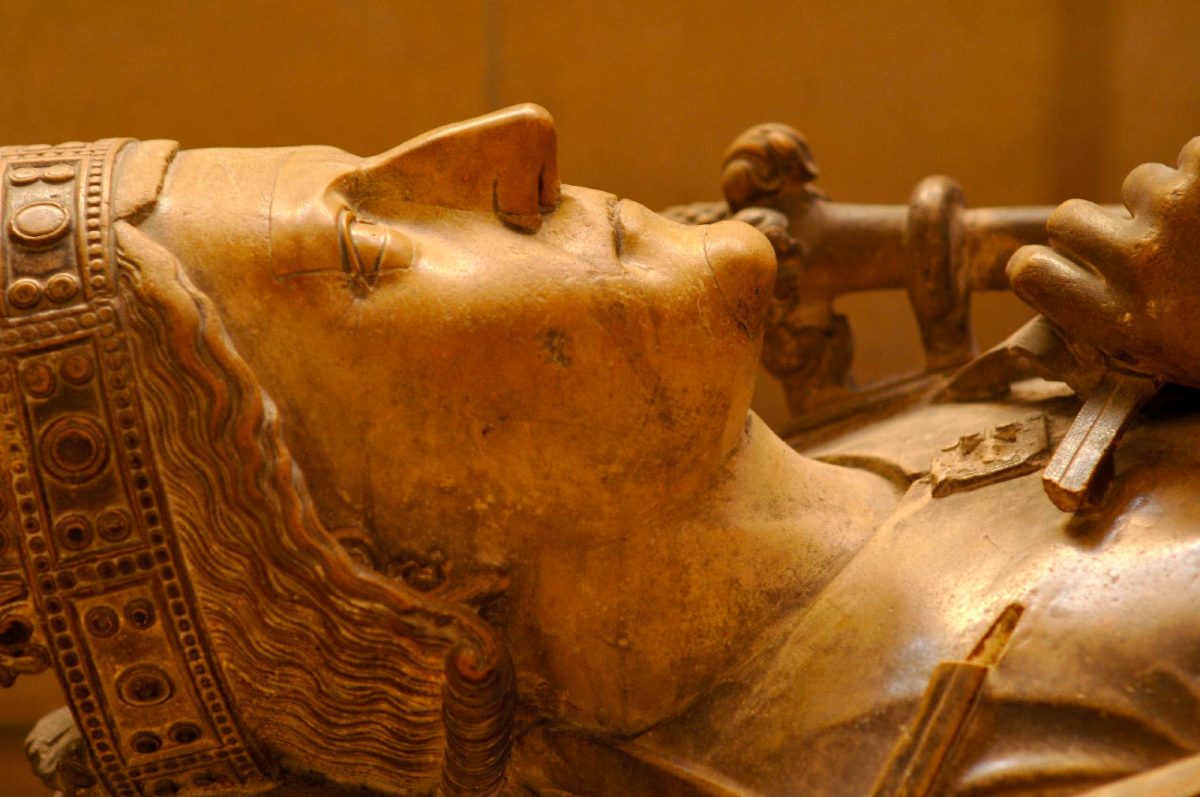Richard the Lionheart and the Château Gaillard
Updated on 23 June 2020
Reading time: 2 minutes
In 1189, the great- great- grandson of William the Conqueror, Richard the Lionheart, son of Henry II of England and Eleanor of Aquitaine, ruled a kingdom through his parents’ marriage that stretched from the Pyrenees to the Scottish borders, encompassing England, Normandy, Aquitaine, Poitiers, Maine and Anjou. The French King Philippe-Auguste found this extremely annoying.
Château Gaillard built in record time
War inevitably followed between these two men. In just two years (1196-1198) Richard had a castle built overlooking the right bank of the Seine valley at Les Andelys, the great Château Gaillard. All routes to Rouen had to pass below. It was cutting edge in terms of defensive military architecture of its day and symbolised the power of the Dukedom of Normandy.

The French Kingdom Strikes Back
In April 1199, Richard was killed by a bolt fired from a crossbow during the siege of Haute-Vienne. In August 1203, Philippe Auguste laid siege to the castle to starve its occupants out. However they found an unguarded toilet chute that saved them a lot of trouble: it led right up into the chapel latrine, and while the attackers may have had a sh—y day, this underhand technique of warfare against the most sophisticated castle in medieval Europe worked. A bum rush for the besieged. On March 8th 1204, Château Gaillard fell and Normandy was absorbed into the French kingdom. Normans now had a stark choice: to take an oath of homage and obedience to the King of France or flee to England.